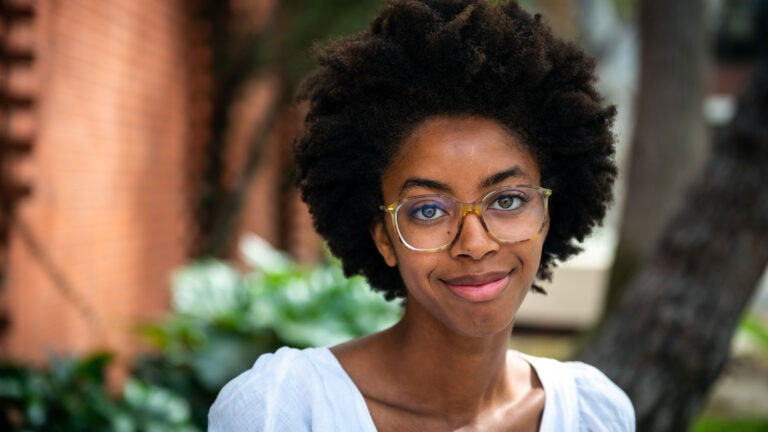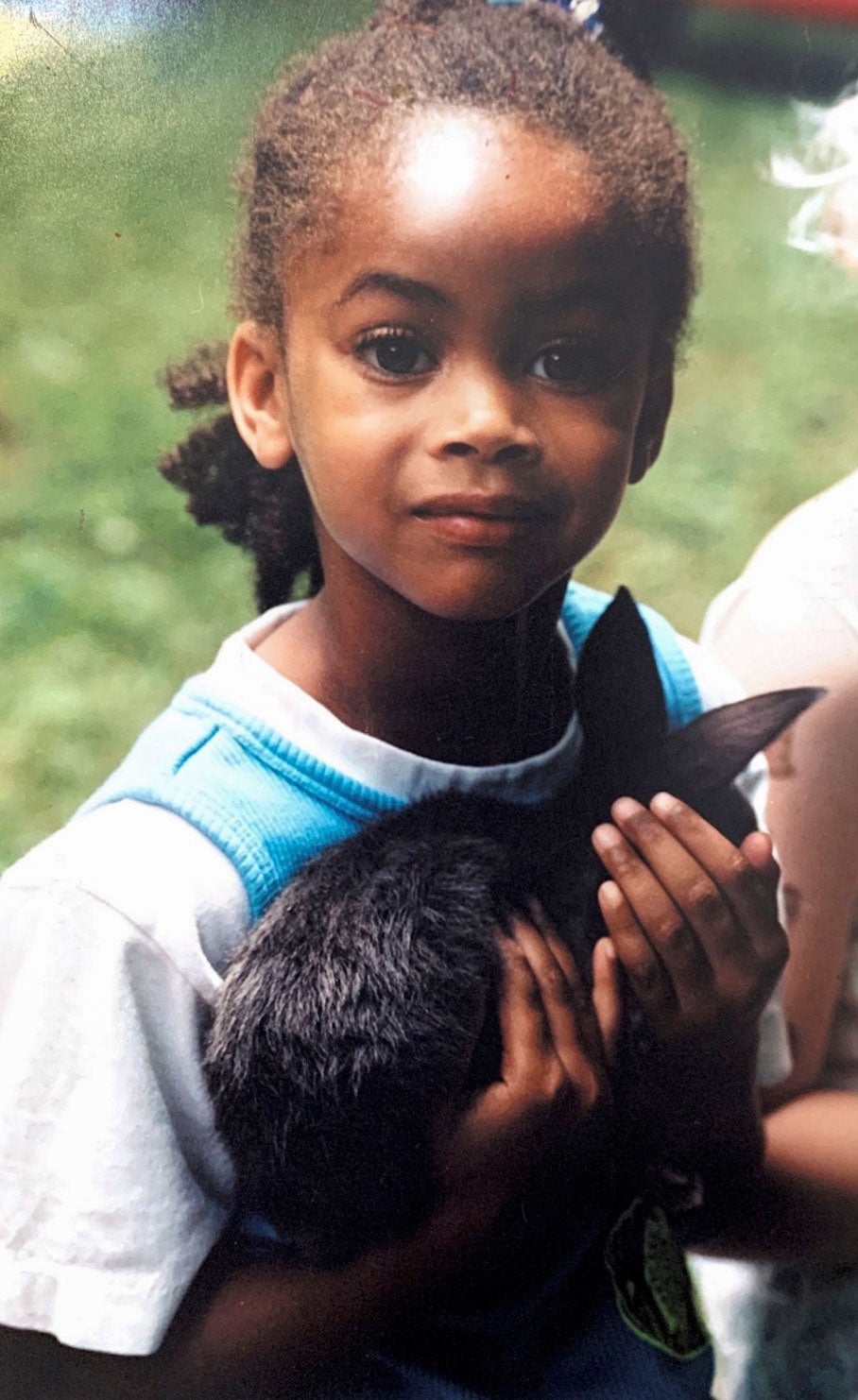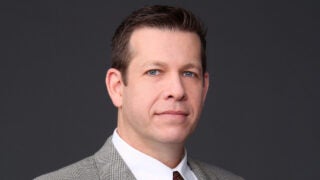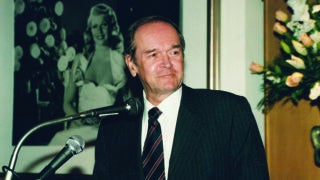
A childhood passion for nature led USC student Jasmine Sears to pursue a degree in environmental studies. (USC Photo/Eric Lindberg)
To be more sustainable, this USC student starts with the shirt on her back
Jasmine Sears plans to use her degree in environmental studies to help the fashion industry do more to protect the planet.
When Jasmine Sears learned that the fashion industry is a major source of pollution, she knew she had found her mission.
The Atlanta native had long been passionate about environmental protection, but she also loved exploring and creating art. Combining the two into a career seemed impossible. Then she found her purpose at USC — right in front of her on a clothes rack. Now she is scrutinizing ways to cut back on waste and promote ethical practices in fashion as she pursues her degree in environmental studies at the USC Dornsife College of Letters, Arts and Sciences.
Sears, a rising senior, talks about how the clothing industry can move away from disposable “fast fashion” and embrace eco-friendly practices.
How does fashion fit with your interest in sustainability?
The fashion industry has such a huge environmental impact. Everybody wears clothes, so they are constantly being produced. The more I learned about fashion production, the more I was convinced that this is the perfect place to implement sustainability. Fashion can be so damaging in so many different ways. For fast-fashion brands, which are thankfully becoming less popular, they produce a ton of clothes overseas. They aren’t managing their production very closely, so who knows how much waste is occurring.
That also brings in the ethical side: Are the people working in these factories being treated well and paid fairly? Then there are emissions from the factories themselves and transporting all these clothes across great distances. They are using lower-grade fabrics with poor quality, so people are used to wearing a T-shirt only a few times and then throwing it away, and it ends up in a landfill. Also, dyeing fabrics is a big source of water pollution. There are rivers in China that are purple from dye.
How do you see yourself promoting sustainability in the fashion world?
I like assessing fashion companies and their impact, so maybe working in consulting to measure that impact and offer recommendations. But ultimately, I’d like to own my own wholesale company that produces sustainable products. Everybody uses blanks [plain garments sold in bulk], like if you’re making concert T-shirts or even USC shirts. People make so many T-shirts or plain clothes, so that’s a really good way to have a mass impact instead of a niche brand that’s really expensive.
How do you create more environmentally friendly clothes?
That’s difficult. When it comes to consumerism, I don’t know if it’s possible to have totally sustainable items, but moving toward that goal is essential. We can do things like using recycled fabrics and minimize waste. In these factories, there are so many fabric cuttings. Making sure you’re not producing as much waste from those little trimmings could help.
Paying people a living wage is also important. People with lower incomes are affected by climate change differently than people who are wealthy and can afford to move or adapt their lives. They aren’t living near highways or in higher-risk areas for air pollution and waste.
What got you interested in protecting the planet?
Atlanta is built into a forest, so I was used to being surrounded by nature and was always intrigued by it as a kid. It’s so complex, and I’ve always been curious and wanted to understand it better. I learned about global warming in elementary school. I don’t think it seemed as pressing as it is now, but even then, I was really freaked out because I loved the earth so much. I can’t think of anything that is more important than the health of the planet. Everything else we do on a daily basis relies on that, so it was the only thing I was interested in studying when I came to USC.

What childhood experience most affected how you thought about sustainability?
In my neighborhood in Atlanta, there’s a nature corridor a few blocks away from where I lived. It’s like a little forest with a trail running through it. There was a creek with tadpoles, so in the summer, my brother and I would catch them, raise them into frogs and then release them. But then there was a drought and the creek dried up. That was really scary to see. I remember attributing that to climate change and thinking, oh no. That place was very close to me, and now it’s gone. I don’t think there is enough water for there to be tadpoles anymore.
Do you have any sustainability heroes?
I worked with a brand called Everybody.World my freshman year, and the women who founded that company are incredible. The brand is centered around sustainable fashion, so they do wholesale for other companies and made the first recycled cotton T-shirt. What they are doing is exactly what I see myself doing. It’s good to have someone to look up to who is in the same field and has the same passion.
How can people think about sustainability differently?
Everyone should be well-educated consumers and research things before they buy them. Think about whether you need things, and not even just clothes. Do you need to order that right now? Free shipping really isn’t free.



